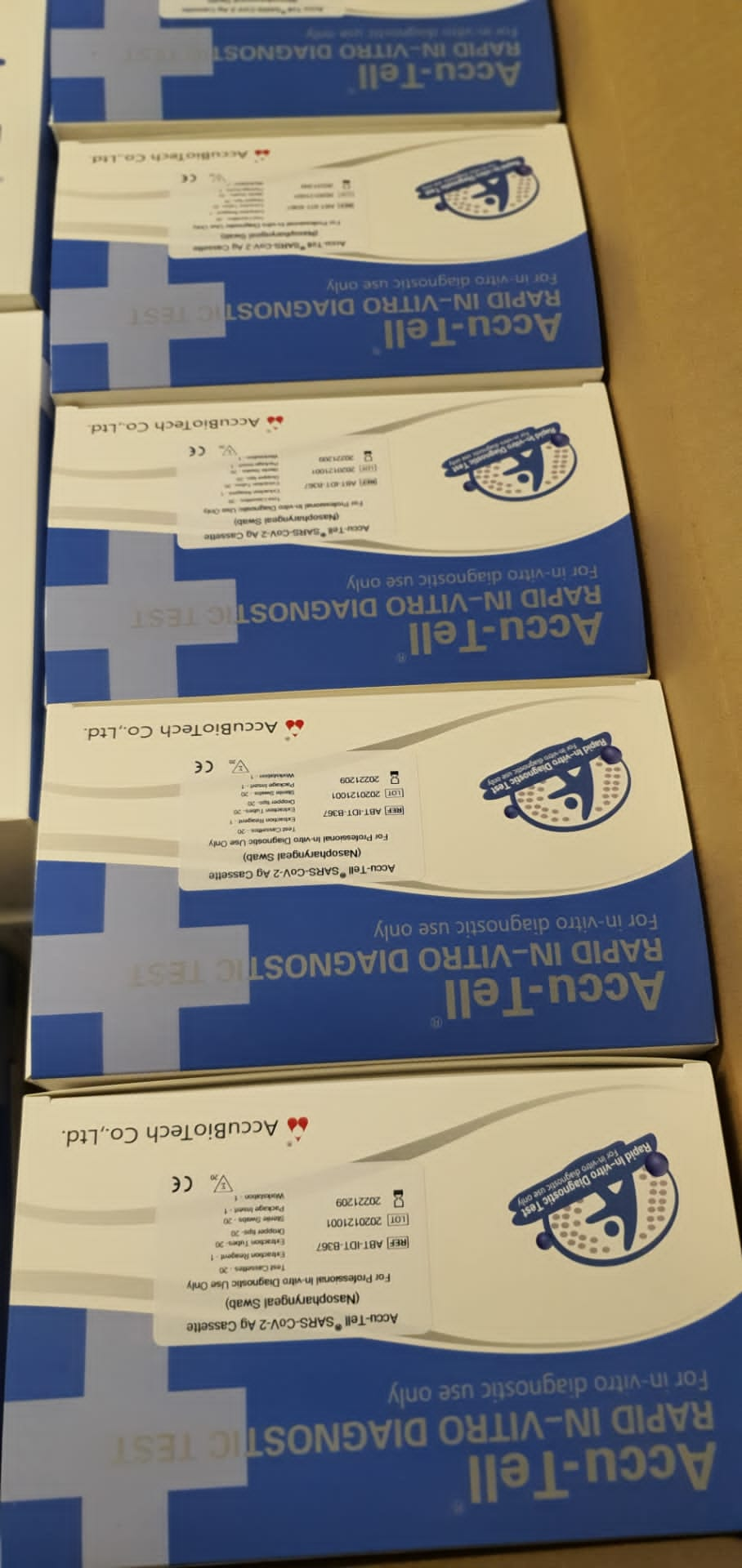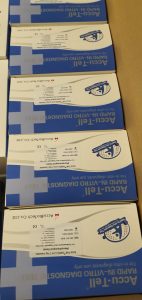Computational and Experimental Study of Turbo-Organomagnesium Amide Reagents: Cubane Aggregates as Reactive Intermediates in Pummerer Coupling
The dynamic equilibria of organomagnesium reagents are recognized to be very complicated, and the relative reactivity of their parts is poorly understood. Herein, a mix of DFT calculations and kinetic experiments is employed to analyze the detailed response mechanism of the Pummerer coupling between sulfoxides and turbo-organomagnesium amides.
Among the varied aggregates studied, unprecedented heterometallic open cubane constructions are demonstrated to yield favorable boundaries via a concerted anion-anion coupling / S-O cleavage step. Beyond a structural curiosity, these outcomes introduce open cubane organometallics as key reactive intermediates in turbo-organomagnesium amide mixtures.
Visual dedication of oxidation of edible oil by a nanofiber mat ready from polyvinyl alcohol and Schiff’s reagent
A fiber mat was developed to visually decide the oxidation of edible oils, primarily based on the colorimetric response of Schiff’s reagent and aldehydes – the foremost unstable fashioned throughout lipid oxidation. The mixtures of polyvinyl alcohol (PVA) and Schiff’s reagent containing varied quantities of glycerol have been electrospun to type the fiber mats. The response of the PVA/Schiff’s reagent fiber mats to gaseous hexanal (mannequin aldehyde) was investigated.
Oxidized soybean oils have been used to judge the effectiveness of the PVA/Schiff’s reagent fiber mat for indicating oxidation of the oils. The outcomes confirmed that the fiber mats obtained had common fiber diameters of lower than 100 nm. Upon hexanal publicity, the fiber mats turned from white to purple. Higher quantity of glycerol led to bigger shade change of the fiber mats and shorter response time to hexanal.
A linear relationship (R2 = 0.96) was noticed between the colour change of the mat and hexanal focus (15-117 μmol L-1). The visible dedication restrict of the mat for hexanal was 29 μmol L-1. The shade change of the PVA/Schiff’s reagent fiber mat was elevated with a rise of soybean oil oxidation.
Out of the seven soybean oils examined, the PVA/Schiff’s reagent fiber mat was capable of appropriately point out the oxidation states of six oils. The consequence steered that the visible dedication technique developed is a promising technique to point the oxidation of edible oils, which might be carried out simply by non-experts.Graphical summary.
Parthenogenetic activation of buffalo ( Bubalus bubalis) oocytes: comparability of completely different activation reagents and completely different media on their developmental competence and quantitative expression of developmentally regulated genes
This examine was carried out to match the efficacy of completely different strategies to activate buffalo A + B and C + D high quality oocytes parthenogenetically and to review the in vitro developmental competence of oocytes and expression of some vital genes on the completely different developmental phases of parthenotes. The proportion of A + B oocytes (62.16 ± 5.06%, vary 53.8-71.3%) was considerably greater (P < 0.001) in contrast with that of C + D oocytes (37.8 ± 5.00%, vary 28.6-46.1%) retrieved from slaughterhouse buffalo ovaries.
Among all mixtures, ethanol activation adopted by tradition in analysis vitro cleave medium gave the best cleavage and blastocyst yields for each A + B and C + D grade oocytes. Total cell numbers, internal cell mass/trophectoderm ratio and apoptotic index of A + B group blastocysts have been considerably completely different (P < 0.05) from their C + D counterpart.
To decide the standing of expression patterns of developmentally regulated genes, the expression of cumulus-oocyte complexes, fertilization, developmental competence and apoptotic-related genes have been additionally studied in parthenogenetically produced buffalo embryos at completely different phases, and indicated that the differential expression patterns of the above genes had a task in early embryonic improvement.
Plant Viruses and Bacteriophage-Based Reagents for Diagnosis and Therapy
Viral nanotechnology exploits the prefabricated nanostructures of viruses, that are already plentiful in nature. With well-defined molecular architectures, viral nanocarriers supply unprecedented alternatives for exact structural and purposeful manipulation utilizing genetic engineering and/or bio-orthogonal chemistries. In this fashion, they are often loaded with numerous molecular payloads for focused supply.
Mammalian viruses are already established in the clinic for gene remedy and immunotherapy, and inactivated viruses or virus-like particles have lengthy been used as vaccines. More just lately, plant viruses and bacteriophages have been developed as nanocarriers for diagnostic imaging, vaccine and drug supply, and mixed prognosis/remedy (theranostics). The first wave of these novel virus-based instruments has accomplished medical improvement and is poised to make an impression on medical apply.
Optimising the project of swabs and reagent for PCR testing throughout a viral epidemic
Early large-scale swab testing is a basic software for well being authorities to evaluate the prevalence of a virus and enact applicable mitigation measures throughout an epidemic. The COVID-19 pandemic has proven that the supply of chemical reagent required to hold out the checks is usually a bottleneck in rising a rustic’s testing capability. Further, demand is erratically unfold between extra affected areas (which require extra checks they will carry out) and much less affected ones (which have spare capability).
These points trace on the alternative of rising take a look at capability by way of the optimum allocation of swabs and reagent to laboratories. We show that that is the case, proposing an Integer Programming formulation to maximise the quantity of checks a rustic can carry out and validating our method on each real-life knowledge from Italy and artificial cases.
Our outcomes present that elevated inter-regional collaboration and a steadier provide of reagent (i.e., coming from native manufacturing websites moderately than worldwide shipments) can dramatically improve testing capability. Accordingly, we suggest short-term and long-term suggestions for coverage makers and well being authorities.
Tags :
antibodies covid,
antibodies covid 19,
antibodies decline,
antibodies definition,
antibodies fade,
antibodies fading,
antibodies for coronavirus,
antibodies for coronavirus immunity,
antibodies immunity study,
antibodies in blood,
antibodies in blood test,
antibodies in saliva,
antibodies joke,
antibodies medical meaning,
antibodies movie,
antibodies online,
antibodies test,
antibodies test covid,
antibodies test covid 19,
antibodies test for coronavirus,
antibodies test for covid-19,
antibodies vs t cells,
assay kits,
biology cells and energy,
biology cells and molecules,
biology cells definition,
virus cases by state,
virus cases in dyer county tenn,
virus cases in florida,
virus cases in texas,
virus cases in wv,
virus count,
virus deaths,
virus deaths by state,
virus in florida,
virus in ohio,
virus map,
virus masks,
virus news,
virus numbers,
virus protection,
virus scan,
virus statistics,
virus stats,
virus symptoms,
virus update,
virus vaccine update,
western blot analysis,
western blot boxes,
western blot dab,
western blot data,
western blot data analysis,
western blot detects,
western blot explanation,
western blot high background,
western blot long exposure,
western blot lyme,
western blot procedure,
western blot protocol,
western blot protocol pdf,
western blot reference,
western blot steps,
western blot test,
western blot test herpes,
western blot test lyme,
western blot test lyme disease,
western blot vs gel electrophoresis,
western blot wb,
western blot workflow,
western blotting,
western blotting protocol

